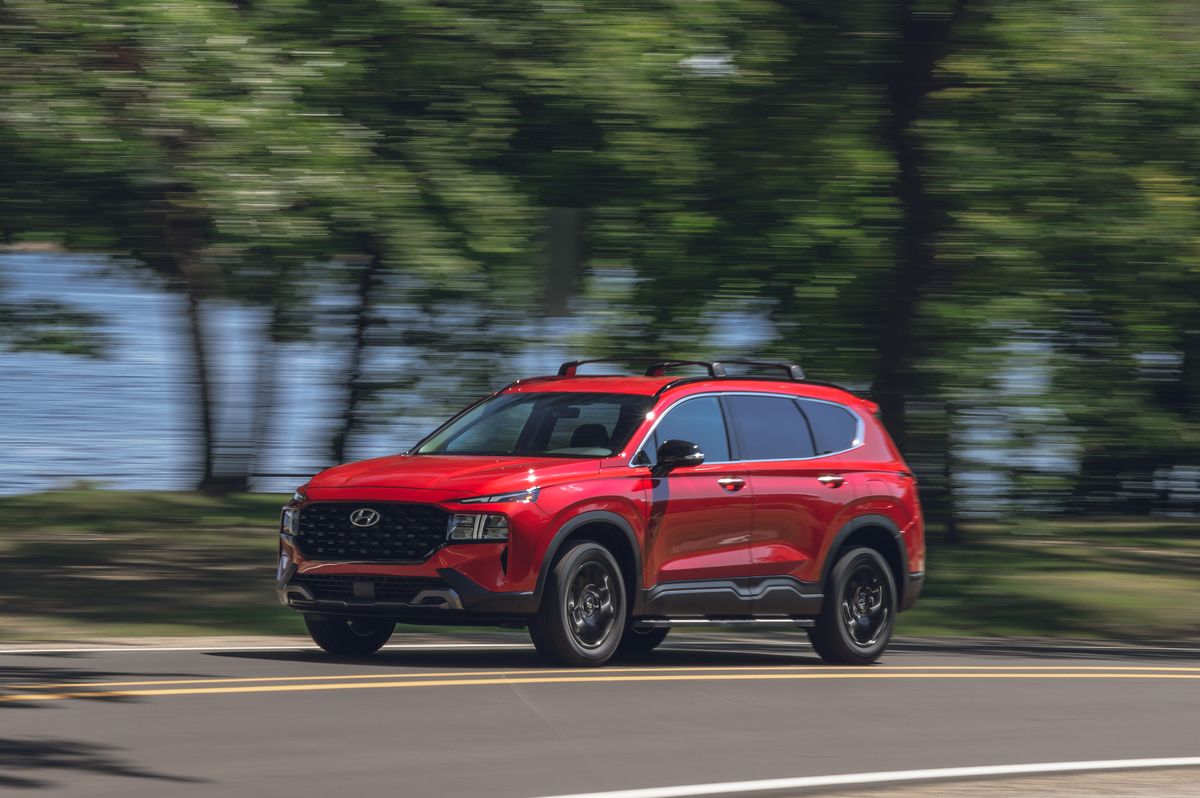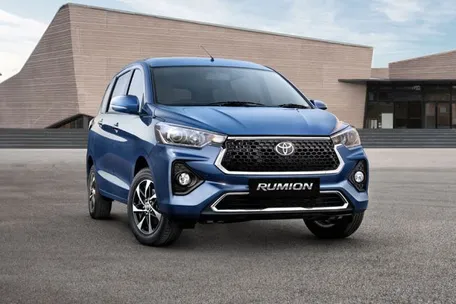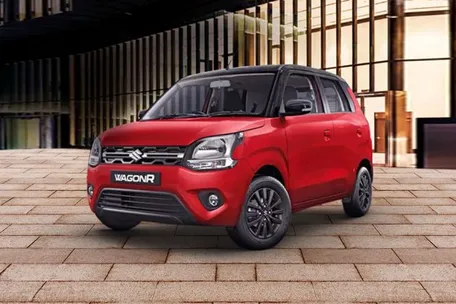Like Honda, with its new TrailSport badge, and Subaru, with its budding Wilderness line, Hyundai has spotted a growing market for mainstream SUVs cosplaying as serious off-roaders. This prompted the introduction of the rugged-looking XRT trim across Hyundai’s SUV lineup, starting with the 2022 Santa Fe. But while the Honda and Subaru entries receive at least some equipment upgrades—like chunkier tires or a slight suspension lift—the Santa Fe XRT is simply gussied up with bulkier bumpers and tough styling cues to cultivate a trail-ready persona. Underneath, it remains mechanically identical to other Santa Fe models. Look past the bolder appearance and the XRT changes little about the Santa Fe’s driving experience, with the solid steering and handling undercut by the only available engine, a lackluster 2.5-liter inline-four.
The XRT’s brawn comes via chunkier plastic cladding, revised bumpers, and a redesigned grille. Sidesteps and crossbars for the roof rails are standard. The XRT-exclusive black 18-inch wheels wear street-oriented tires, and the XRT’s claim to off-road credibility is further undermined by the fact that in base form, it’s front-wheel drive. Our test car was equipped with all-wheel drive, a $1700 add-on to the $34,045 starting price.
This was our first chance to sample the Santa Fe’s base powertrain, a naturally aspirated 2.5-liter four-cylinder. With just 191 horsepower, the 2.5-liter lags far behind the optional 277-hp turbocharged engine and the 226-hp hybrid setup. And the XRT was among the slowest 2022 cars we’ve tested. It plodded to 60 mph in 9.6 seconds, while a turbocharged 2021 Santa Fe hit 60 mph in a brisk 6.0 seconds.
The real drag is that reaching 70 mph takes an additional 2.7 seconds, making highway merging a white-knuckle experience. Passing on two-lane roads also requires advanced planning, with the 30-to-50-mph jump lasting 4.6 seconds and the 50-to-70-mph run taking 6.2 seconds. While that is glacially slow by modern standards, the Santa Fe doesn’t feel as lethargic in city driving, where the 2.5-liter is peppy enough to keep up with traffic.
Despite the lack of engine gusto, the Santa Fe delivers solid, if not especially exciting, driving dynamics. The steering is accurate and feels weighty for a mainstream crossover, and the Santa Fe handles curvy roads impressively for a vehicle of its size, minimizing body roll well. On the skidpad, we recorded 0.85 g of grip, a fairly good showing just shy of the sporty Chevy Blazer RS’s 0.87 g.
The eight-speed automatic gearbox generally shifts smoothly, but when you mat the throttle in Comfort mode, the transmission occasionally hunts for gears or gets flustered. Sport mode, meanwhile, holds revs for as long as possible, emphasizing the engine’s unrefined groan yet failing to make the Santa Fe feel more athletic. The brake pedal, by contrast, provides a progressive, predictable feel, making it easy to slow the SUV smoothly. We measured a 178-foot stop from 70 mph, which betters the Honda Passport TrailSport’s 184 feet but is well behind the Blazer’s short 165-foot stop.



